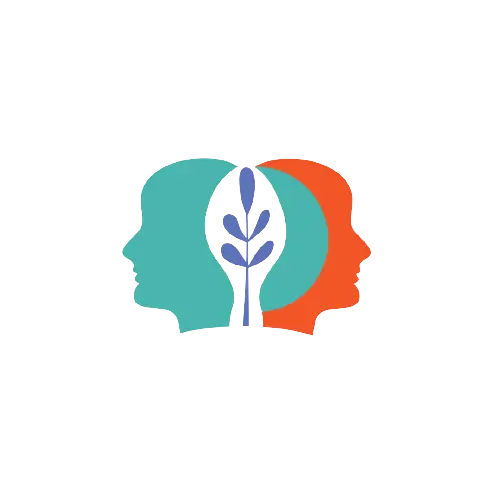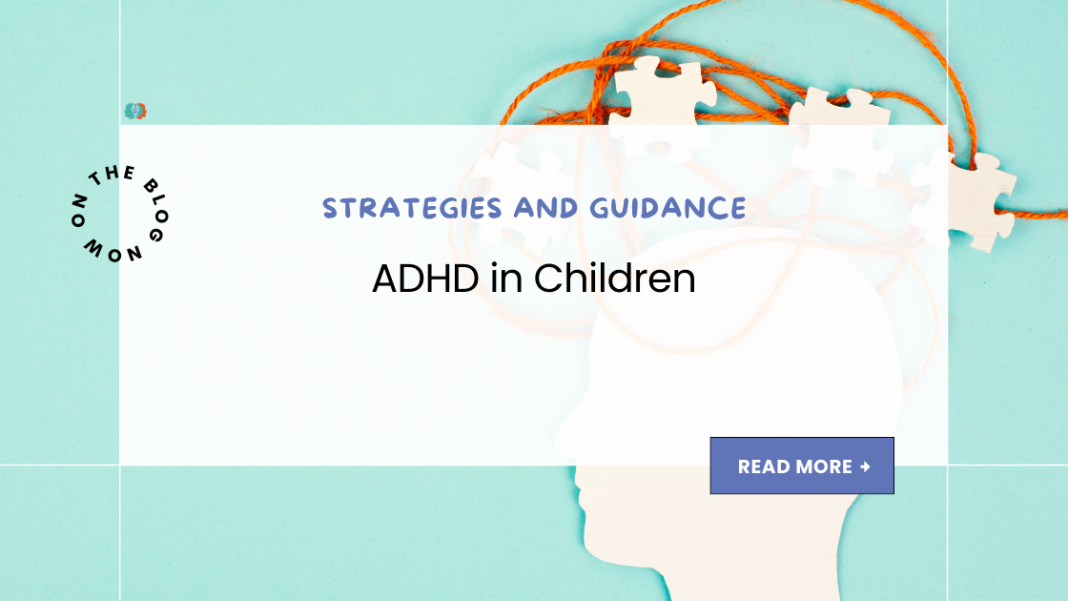Attention-Deficit/Hyperactivity Disorder (ADHD) in children is a neurodevelopmental condition that significantly impacts their ability to function in daily activities, both at school and at home. It’s characterized by varying levels of inattention, hyperactivity, and impulsivity. Grasping the full picture of ADHD is vital for those involved in the child’s life, from parents to teachers and healthcare providers, to provide the necessary support and interventions.
Symptoms
The symptoms of ADHD in children are broad and can manifest in mainly three patterns: inattention, hyperactivity, and impulsivity. Caregivers and educators should watch for signs that include the child’s difficulty in sustaining attention in tasks or play, failure to follow through on instructions, susceptibility to distraction, frequent fidgeting or squirming, excessive talking, and tendencies to interrupt or intrude on others These behaviors are more severe and consistent in children with ADHD than in other children of the same age.
Types
ADHD is diagnosed in three main presentations:
- Predominantly Inattentive Presentation: where the child shows enough symptoms of inattention but isn’t overly active or impulsive.
- Predominantly Hyperactive-Impulsive Presentation: where the child appears to be always moving and doing, with little reflection before action.
- Combined Presentation: where the child exhibits both inattentive and hyperactive-impulsive symptoms.
Causes
The exact cause of ADHD isn’t known, but a combination of genes, environmental factors, and alterations in the brain’s structure and chemistry are believed to play a role. Exposure to environmental risks during pregnancy or at a young age, such as tobacco smoke, alcohol, or stress, may increase the likelihood of ADHD.
Diagnosis and Testing in ADHD in Children
To diagnose ADHD, healthcare professionals need to carry out a comprehensive assessment. This involves obtaining detailed behavioral observations, interviewing parents and teachers, and collecting reports from various settings where the child is active. A diagnosis of ADHD follows a clear pattern of behavior that is inconsistent with developmental norms and negatively impacts social and academic activities.
Treatment
Effective treatment for ADHD usually includes a combination of medication, psychotherapy, education or training, or a combination of treatments. Medications, such as stimulants, can help control hyperactive and impulsive behavior and improve the ability to focus, work, and learn. Psychotherapy, including behavioral therapy or cognitive-behavioral therapy, helps to modify behavior. Educational interventions can be tailored to address a child’s unique needs, providing a structured learning environment.
Small Tips for Coping
Small, daily coping strategies can make a significant difference for children with ADHD. Structuring their environment, providing clear and consistent expectations, and positive reinforcements can help manage symptoms. Regular physical activity and a healthy diet are also beneficial. Moreover, teaching organizational skills, employing visual aids for daily routines, and breaking tasks into manageable parts can support a child’s success.



